|
Thanks for visiting the The Badger's Den (the blog for Badger Ridge). If an internet search brought you here looking for muzzleloader solutions, please stick with us: we have the solution to your Remington 700 ML/MLS and Ruger 77/50 woes. I update this blog frequently and what you are looking for is probably one or two clicks away. This blog is sorted categorically and chronologically. So you can find what you want by looking in the appropriate category, or if you know when it was published, you can use the time line. Or just keep scrolling down! If you are new to our site: YES WE STILL SERVICE AND CONVERT THESE OLD MUZZLE LOADERS But for this installment I'd like to tell you about: A new product we'd like to share with you! Pigeon Decoy Shells!I tend to turn what I've learned from my hobbies into our products. In this installment I'd like to share a product that helps me better enjoy one of my Off-Season passions: Pigeon Hunting. We are pleased to offer what I believe is the best compromise between effectiveness, low cost, rapid setup, and portability: Pigeon decoy shells. A Brief Overview of Pigeon's Origin, Habits, & IDIn the United States: pigeon are feral (non-native). A long time ago what we call pigeon were domesticated from Rock Doves, and then eventually brought to the US. Pigeon are raised by many enthusiasts, and released in races and tournaments. Thus pigeon don't have a huge fear of man and will graze near us and our livestock. Just like their Rock Dove progenitors who nested in rock cliffs, pigeon are cavity nesters: so they tend to roost under cover, in old buildings with horizontal ledges. They will hatch and raise young all year round provided there is sufficient feed. Being feral, most states don't regulate pigeon harvest, set limits, nor establish seasons. As feral species compete with native species for resources, most states encourage harvesting them as much as possible, year round. Check your local regulations to be sure. Here in Michigan a base (small game) hunting license is required to hunt pigeon, but there are not any seasons nor bag limits. This makes them excellent off-season fun. To the untrained eye, pigeon and dove look a lot alike. The fact that in Spanish the two birds are called by the same name ("Paloma") says a lot about the two. Not to mention the lecture on taxonomy you could get from an ornithologist that would be mixed with the words dove and pigeon referring to closely related birds. However, it is not hard to learn to quickly distinguish one from the other. Its always important to be able to accurately ID your target. Especially because mourning dove are a North American native migratory species, regulated federally, and also by each individual state. Here in Michigan, it is prohibited to hunt mourning dove (which I call 'dove' frequently in this post). In most other states mourning dove may be hunted in season, with a bag limit, and migratory bird license. Also many parts of the US have additional types of protected doves. A hunter must be able to distinguish between them and pigeons. Pigeon are larger and more plump. Mourning dove tend to hang out on power lines, small tree branches, and will nest without a roof. You will find pigeon sitting on ledges, roof peaks, etc. If you see a pigeon in a tree, it most likely will be closer to the trunk on the fatter part of the branch. The two have drastically different calls. When flying mourning doves tend to sound squeaky, while pigeons have a flapping 'rapid clap' sound, especially when they light or land. I find pigeon wing beats to be erratic and 'floppy' while dove are more rhythmic and snappy. When lighting or landing, its easy to see a pigeon's 'squared off' tail compared to a mourning dove's spearhead shape. There isn't much variety to the dove's dull brown speckled plumage. A pigeon may look like the examples here, or have various white, auburn, and other color variations.Pigeon, just like dove, taste great (I was fortunate enough to live in states where I could shoot dove). The meat is called "squab." Notably squab can also refer to their young... aka pigeon/dove 'chicks'. Their meat is frequently referred to as 'filet mignon of the sky' by us rednecks, as they have dark breasts that when removed look and taste like little slices of back strap. Like waterfowl, pigeon tend to have daily routines. I've found hunting pigeon to be much more like hunting the feed for waterfowl than any upland bird. First, they start their day at the roost, hungry. Unlike freshwater waterfowl, they probably thirst along with their hunger. Having worked their way through the contents of their crop all evening (the expandable pouch in their neck where they store food), they are hungry in the mornings. If they have young, they need to find food then return to the roost to feed them (both the male and the female tend to the young). Somewhat unique to pigeon, siblings will also participate in feeding their younger kin. So once daylight has arrived, they fly off the roost in search of food, and sometimes water. They may return quickly or stay out for the day. With pigeon, hunting the roost is fun and can be very successful, especially after they have fed and desire to return to the roost. But most roosts are close to man, and/or man's livestock. So hunting the roost may not be an option. That typically leaves us hunting the feed. Like many waterfowl, their preferred feed is cut crops. Modern mechanical harvesting has been a blessing to these seed feeders: A portion of the crop is lost and spread over the harvested field. You will tend to find pigeon there. In late summer look for cut wheat, in Fall add harvested corn and soy beans to the list. Also, pigeon will go to roads and other areas with small gravel to get grit for their gizzard. But I've not seen them stay there for long. I've also seen pigeon feed off of spread cow manure. It seems they find the undigested seed in the manure and are happy to pick through it. In my area the Amish plant and harvest organic wheat. Their old-school process of cutting, binding, stacking, drying, and then bringing the wheat in hardly loses a seed. I rarely see pigeon on their cut wheat fields, but I've found them in their silos, and livestock watering holes. One Amish family really likes it when I bring them walleye... you will almost certainly have to talk with the eldest male to get permission. If you are a man, don't expect the women/girls to say much to you. How to Hunt Pigeon A successful pigeon hunt will probably involve: -1. Scouting where they roost: look for buildings, silos, grain bins, with cover and access holes in the sides. If you see pigeon on the edge of a roof or opening, chances are there are more inside. -2. Finding the available feeds, watering holes, and grit. You will probably find the same feed used by dove, ducks, and geese. You do want to observe pigeons on the feed to know what field they are in using. I've seen plenty of fields filled with dove that pigeon pass right by. Sometimes finding pigeon is easy, other times you have to sit a while to determine their movement. -3. Getting access: Once you see their patterns, and understand their daily life, try to get access to those places, set up a hide with decoys, and be ready for fancy flying! Bringing a kid along has improved the number of landowners I've gotten "YES" from. Pigeon are very social birds. I've watched pigeon bypass a very good feed to join a flock on another field with poor feed. The only reason I could come up with for the behavior was a socially driven need to congregate. Thus hunting the feed or waterhole is all about setting up visible decoys in the right spot and getting a little bit of cover. More Specifics on our DecoysI've found our decoy shells just plain work. They are a great balance of effective, light weight, portable, and quick setup/breakdown. Each shell comes with a stake that make them a bit higher than a standing pigeon. This is good: it increases visibility. You want your decoys above any stubble or vegetation that could block them from view. When the shell is sitting on the stake they also have a little bit of a bobbing motion. This is pronounced when facing into or directly out of the wind. The decoy shell has two rectangular holes for the stake. Using the forward hole pivots the shell upwards: like a standing erect pigeon. Using the back hole pivots it downward like its feeding. You can set your spread as you like. I like to set mostly feeders with one erect. Also, when hunting really tall stubble, you can omit the stake and set the shell right on top of the stubble! Pigeon aren't all that smart: they don't need 100% perfect reproductions to be decoyed by them. Moreover, due to domestication, there are so many variations to their plumage there is no such thing as 100% accurate decoys. But again decoys are sold to hunters, not birds! While there are other much more expensive, less portable, finely painted decoys out there: they are not any more effective. I'd argue they are probably less effective because they are smaller, shorter, and don't bob in the wind like our shells. The flat card silhouettes featuring pictures of pigeon are also inferior to our shells. Remember: Effective decoys must 'look like' pigeons from all angles and not be covered up by stubble so they can be seen. I've played with patterns while hunting and I've settled on two simple ones: Light and Dark. Most pigeon plumage are a variation of our dark theme. The lighter plumages are recessive traits, thus you only want a few of the light theme in your decoy spread. Hence, our 6 pack of shells comes with 5 dark theme, and 1 light theme. I am confident that you will find our shells work. They are bigger than a normal pigeon. Waterfowlers will quickly recognize that is a good thing. The better decoys in waterfowl hunting are also bigger. Size matters: bigger means that the decoys can be seen from further away. Birds are fine with giants: So long as the giants look like pigeons, pigeons will decoy to them. How I hunt with our Pigeon Decoy ShellsI set my decoy shells about 20 paces out from a bush, fence row, high stubble, or other cover. If I can find shade in the summer I'll sit there! Sitting in the shade while the birds fly in the sun helps hide the hunter. While pigeons aren't as wary as many other game birds, you will have more success wearing camo, hiding, and blending in. Blinds aren't required, but you can use one if you want. A blind certainly won't hurt. For me, it is better to be mobile than to have a fancy blind. A Great Youth Hunting OpportunityAs a parting thought, I'd also like to encourage bringing a junior hunter along (preferably once you have your set-up figured out and can provide them with a good hunt). Pigeons are pretty forgiving of rookie mistakes, and you can bring them in close to kids just by setting the decoys closer. Let 'em land in the decoys if they will. It doesn't get any better for a youngster with a 410. I give my son first shot... then I bat clean up. Don't be surprised when they keep circling the decoys after being shot at. They are pigeon after all.
Got suggestions? Lessons learned? Think I'm full of it? Did our products help you? Post a comment below to let us know!
4 Comments
|
Welcome to the Badger's Den!
|
|
|
Written by:Tom, purveyor of fine products. |
Archives
March 2024
August 2023
June 2023
March 2022
December 2021
September 2021
February 2021
January 2021
September 2020
April 2020
January 2020
October 2019
September 2019
May 2019
January 2019
November 2018
July 2018
May 2018
April 2018
February 2018
January 2018
November 2017
October 2017
August 2017
July 2017
April 2017
February 2017
January 2017
November 2016
October 2016
September 2016
August 2016
July 2016
June 2016
May 2016
December 2015
November 2015
October 2015
September 2015
August 2015
May 2015
April 2015
Categories
All
AR Stuff
Blackhorn 209
Customer Feedback
Hunting Gear & Accessories
Maintenance
Organization
Remington 700 ML/MLS
Ruger 77/50
Savage Muzzleloader
Troubleshooting

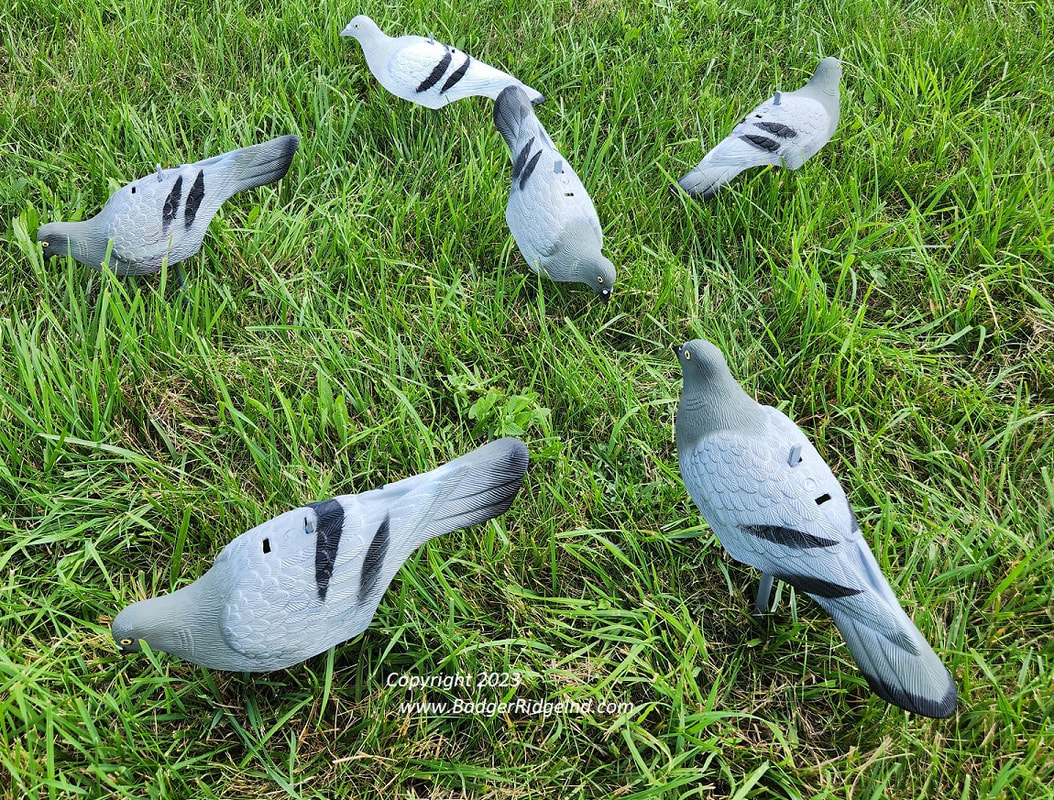

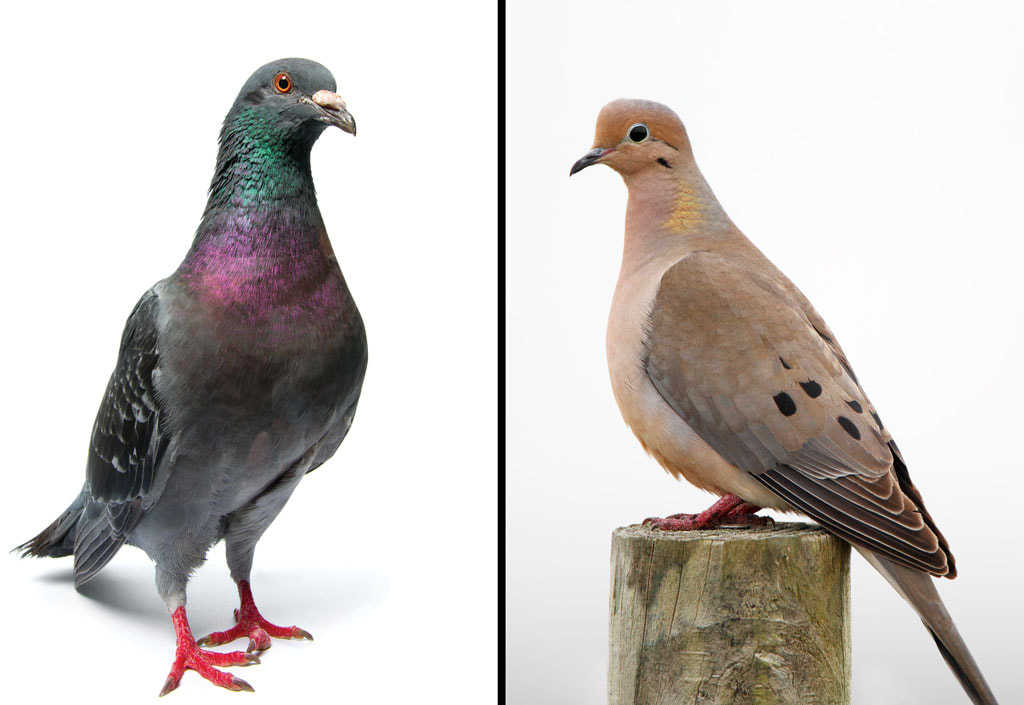
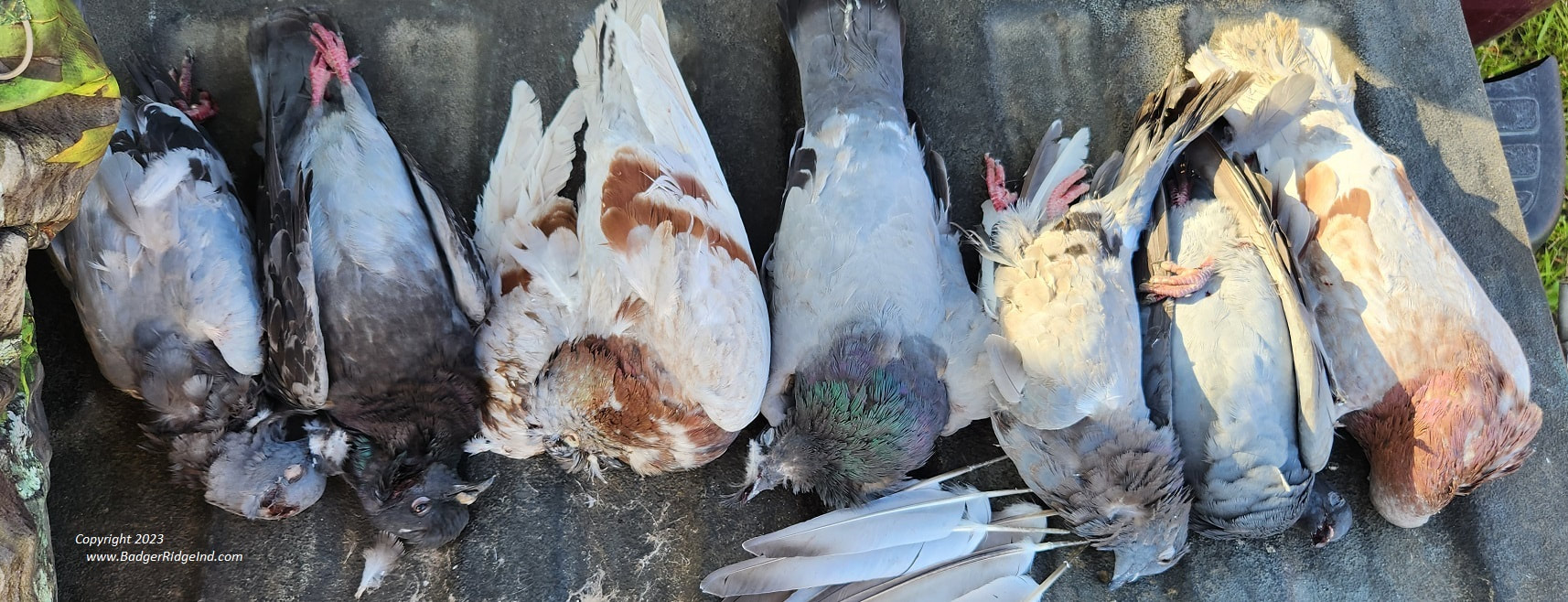
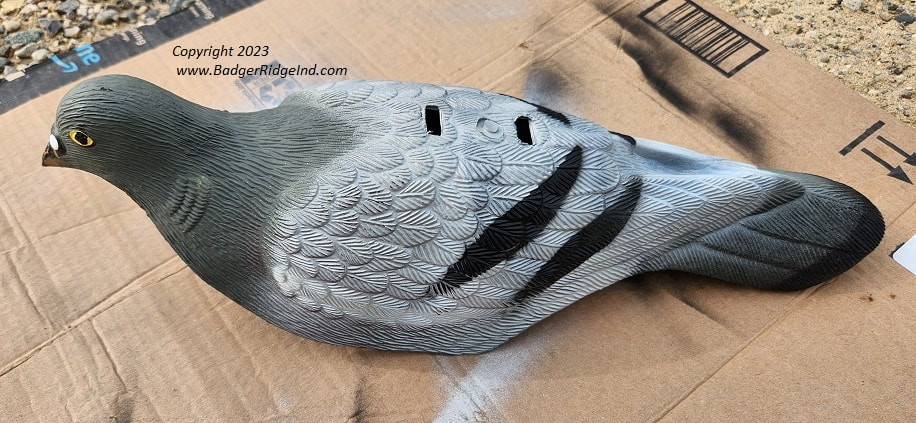
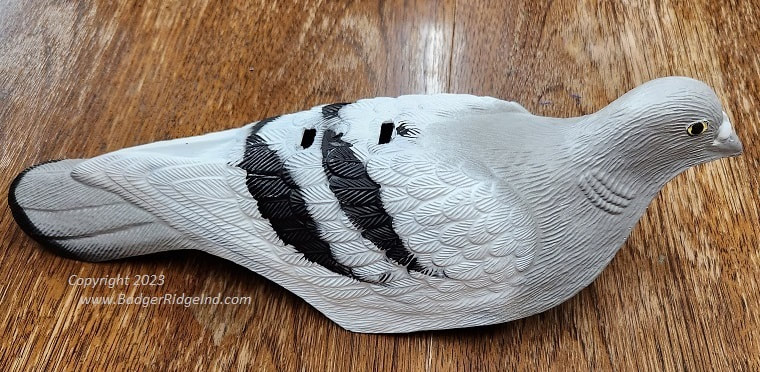
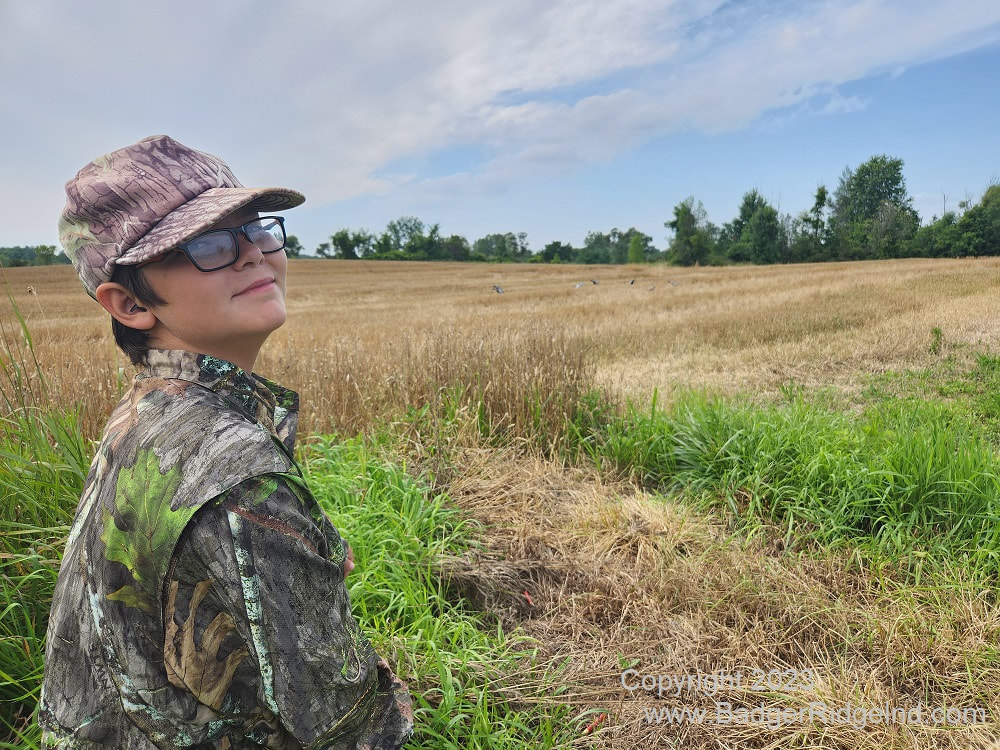
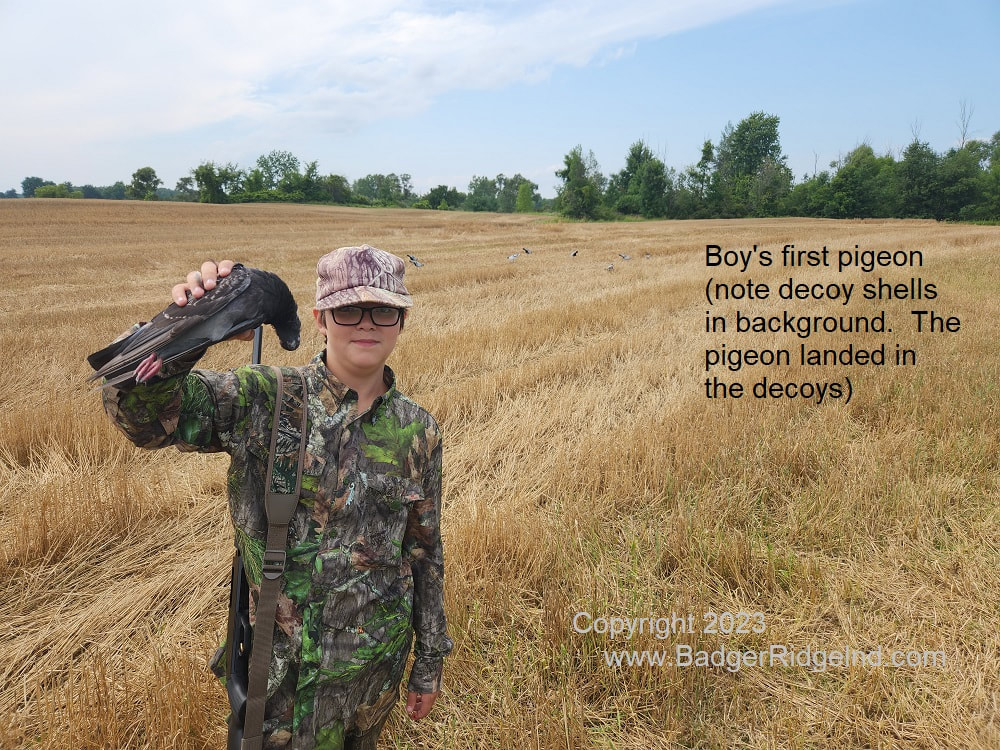
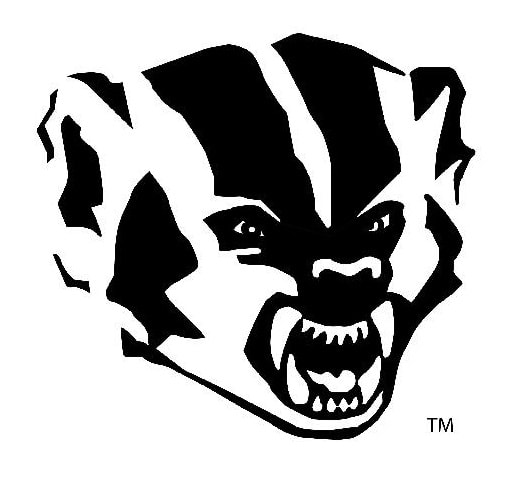
 RSS Feed
RSS Feed